Dry: A Weekly Western Drought Digest — August 30, 2022
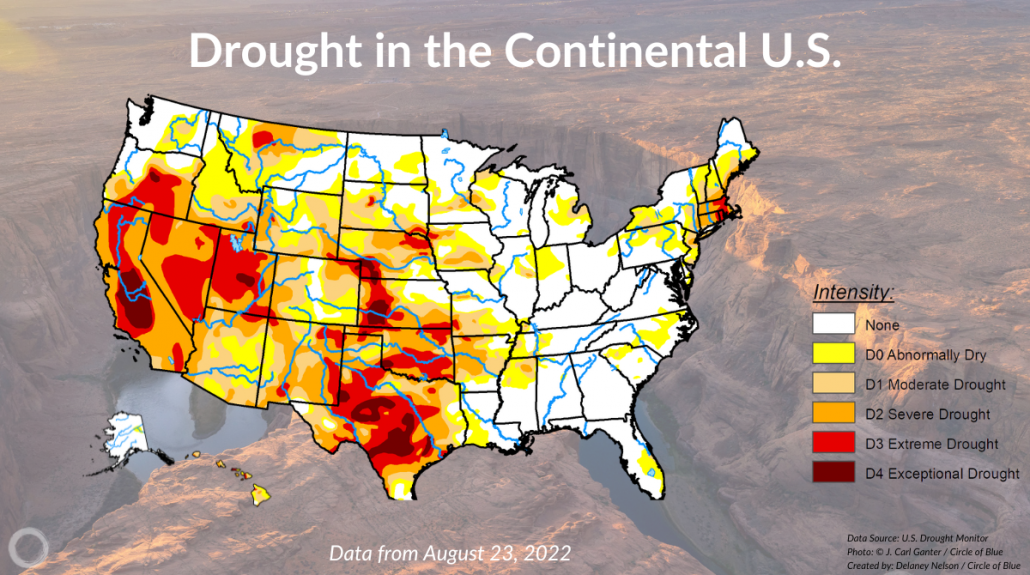
By Delaney Nelson, Circle of Blue – August 30, 2022
The American West is experiencing its most severe drought in 1,200 years. The consequences are far-reaching and long lasting. Forests become tinder boxes. Hydropower is weakened. Human health and wildlife are threatened.
Each week, Circle of Blue breaks down the biggest stories, the latest data, and the most promising solutions to the United States’ most urgent water crisis. Read Dry: A Weekly Western Drought Digest, your go-to news brief on the drying American West.
TOP NEWS
- As of August 23, 39 percent of the U.S. and Puerto Rico are in drought, down four percentage points in the last month. Portions of Texas and the Southwest witnessed extraordinary downpours in recent weeks that relieved some drought stress but also caused severe flooding.
- Utah’s proposed Lake Powell pipeline struggles to make progress amid declining water levels and drought conditions.
- Data centers around the country face scrutiny for their substantial water use.
- California becomes first state to install solar panels over canals in an effort to combat drought.
THE NUMBERS
- More than 130 million people live in areas experiencing moderate drought or worse. According to the U.S. Drought Monitor, dry conditions are present across 228 million acres of cropland.
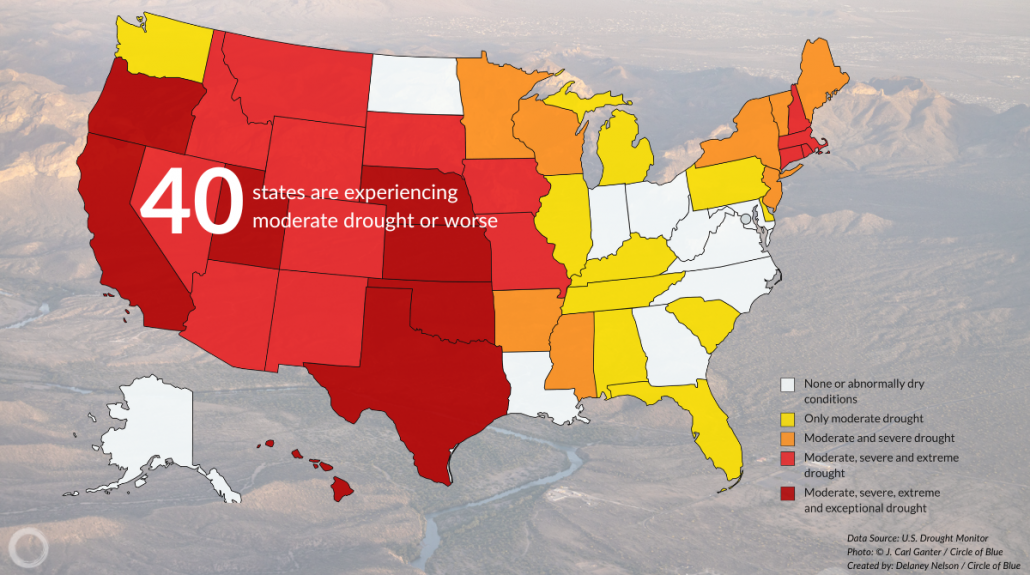
- A single year of drought can reduce vegetation growth by more than 80 percent, researchers found. To gather their data, ecologists created artificial droughts at 100 research sites globally. While results of the study varied, some plots of land saw “catastrophic loss” in vegetation, according to Science Magazine.
- As the fall migration season approaches, birds traveling along the Northern California mountains to Central America will face dried up wetlands and shallow water. Migratory birds will have to travel further to find smaller amounts of water, which will likely increase the spread of diseases among the birds, the Enterprise-Record reports. The Centers for Disease Control reported 230,900 birds are affected by the current avian flu outbreak.
- The Paluxy River in the Texas Dinosaur Valley State Park is almost completely dried up – revealing dinosaur tracks from 113 million years ago.
STATUS OF TOP RESERVOIRS/COLORADO RIVER
- A group of seven water utilities across the Colorado River basin pledged last week to reduce their water consumption and increase water reuse and recycling programs. In a letter to the Bureau of Reclamation, officials representing utilities in Colorado, California and Nevada committed to implementing indoor and outdoor water-efficient programs, reducing the quantity of non-functional turf grass and installing drought- and climate-resilient landscaping. The utilities vowed to collaborate with other users in the basin, however their conservation efforts are not likely to make a considerable dent in the river’s water scarcity crisis, KUNC Colorado reports.
- The declining water levels of Lake Powell, which Reclamation predicts could fall to the point of dead pool in the coming years, have had major implications for ecosystems, business owners and residents throughout the region. Without action to save the Colorado River and its reservoirs, Lake Powell is “heading toward catastrophe,” Zak Podmore writes for the Salt Lake Tribune.
A couple of months ago, my editor @granteb suggested we do a special Lake Powell issue for the @sltrib. I knew we had a lot to say about how the reservoir is changing after 22 years of megadrought, but I’m blown away by the paper we published yesterday. Thread… pic.twitter.com/8TqyttTOas
— Zak 🦦 Podmore (@zak_podmore) August 29, 2022
UTAH PIPELINE STRUGGLING TO GAIN APPROVAL
As the Colorado River continues to decline, Utah’s proposed $1.8 billion pipeline, which would draw water from Lake Powell, has yet to receive approval, the Salt Lake Tribune reports. The state hopes to divert water from the river to Washington County in southwest Utah, a plan officials have justified based on the state’s river allotment. The project is complicated by declining water levels; Lake Powell is operating at around 25 percent capacity.
DATA CENTERS IN SPOTLIGHT FOR ENVIRONMENTAL IMPACT
Data centers, key infrastructure for the internet and cloud data storage, are facing increased scrutiny over their substantial water use. An average data center uses around 300,000 gallons of water per day, which is the equivalent of 1,000 households, according to reporting by NPR. Research published last year revealed that around 20 percent of data centers nationally rely on watersheds under drought stress. Many of the centers are located around Dallas, San Francisco and Los Angeles, all of which are facing some of the nation’s most severe drought conditions.
CALIFORNIA TO INSTALL CANAL SOLAR PANELS
California will become the first state in the nation to install solar panels over irrigation canals in an effort to combat drought, which is affecting more than 99 percent of the state, according to the U.S. Drought Monitor. The state is funding the $20 million project to install 8,500 feet of solar panels over Turlock Irrigation District canals. Shade from the panels is intended to reduce water evaporation. Covering the state’s entire public water delivery system infrastructure could save 63 billion gallons of water annually, according to a University of California-Merced study published in 2021.
Delaney Nelson is an intern for Circle of Blue covering drought in the American West. She writes Circle of Blue’s weekly roundup of drought in the American West. She’s a rising senior at Northwestern University studying journalism, political science, Spanish and environmental policy. In her free time, she likes to hang out with her dogs, play soccer and swim in Lake Michigan.


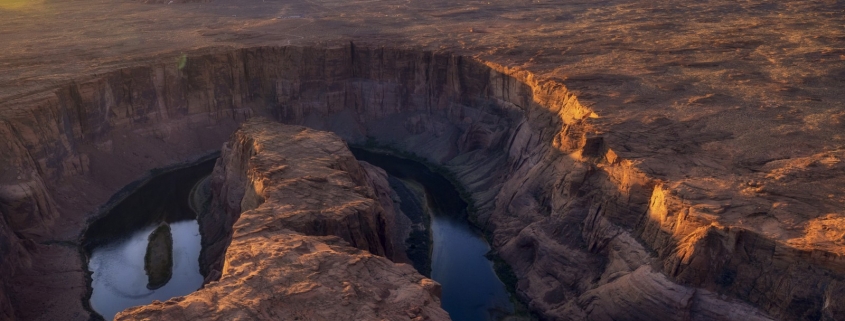

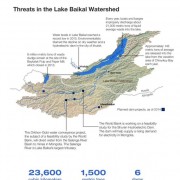
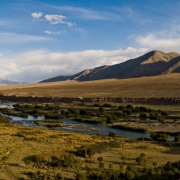
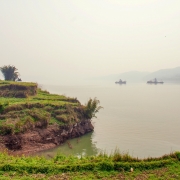
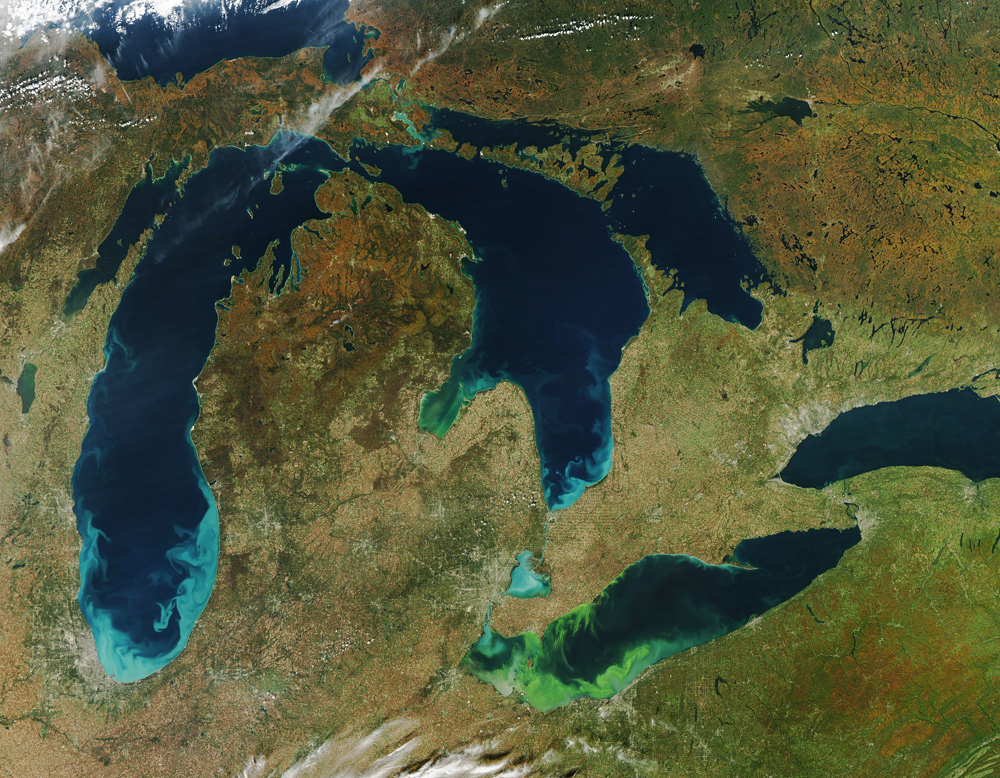



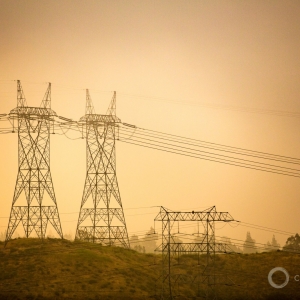

Leave a Reply
Want to join the discussion?Feel free to contribute!